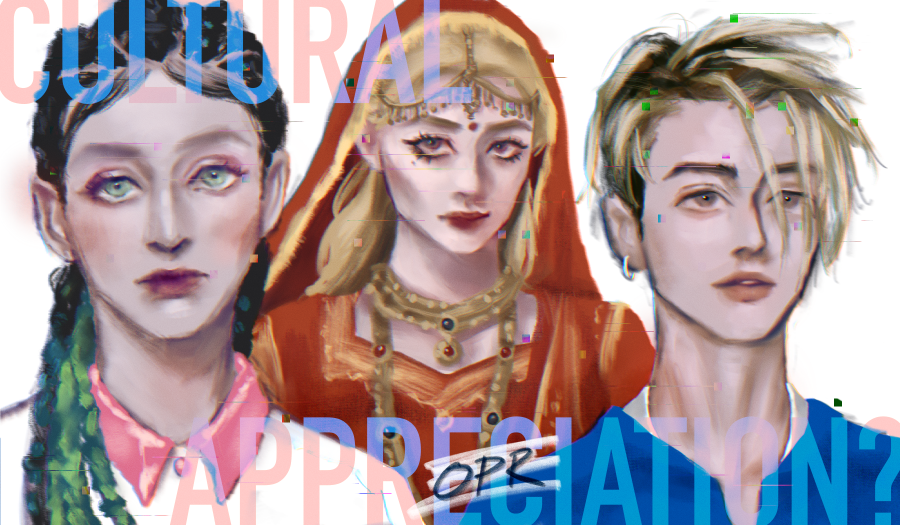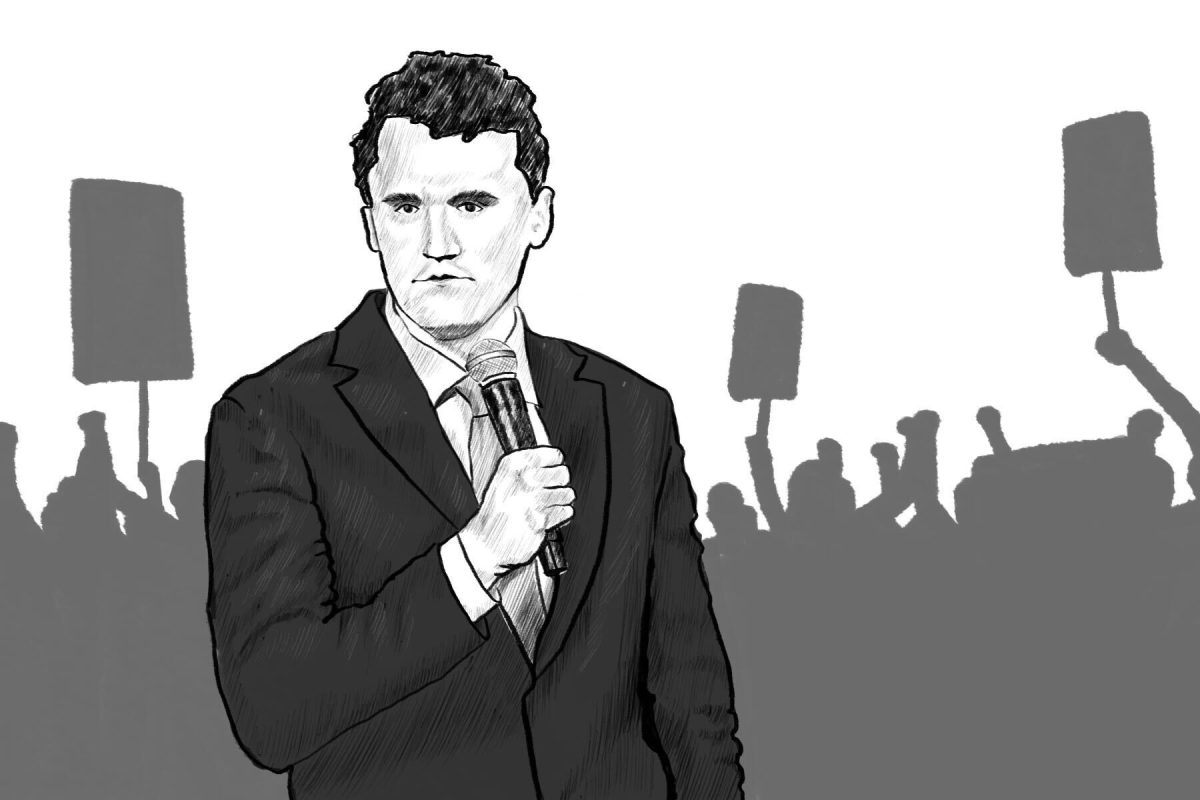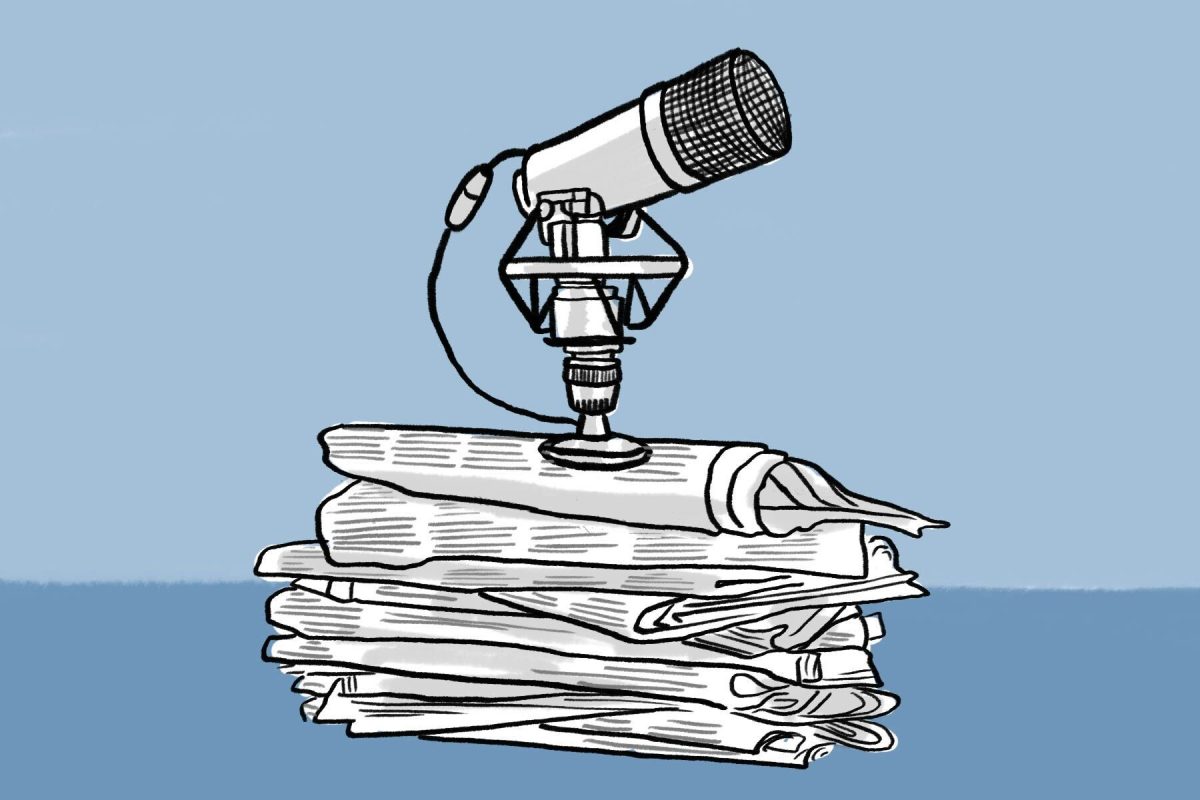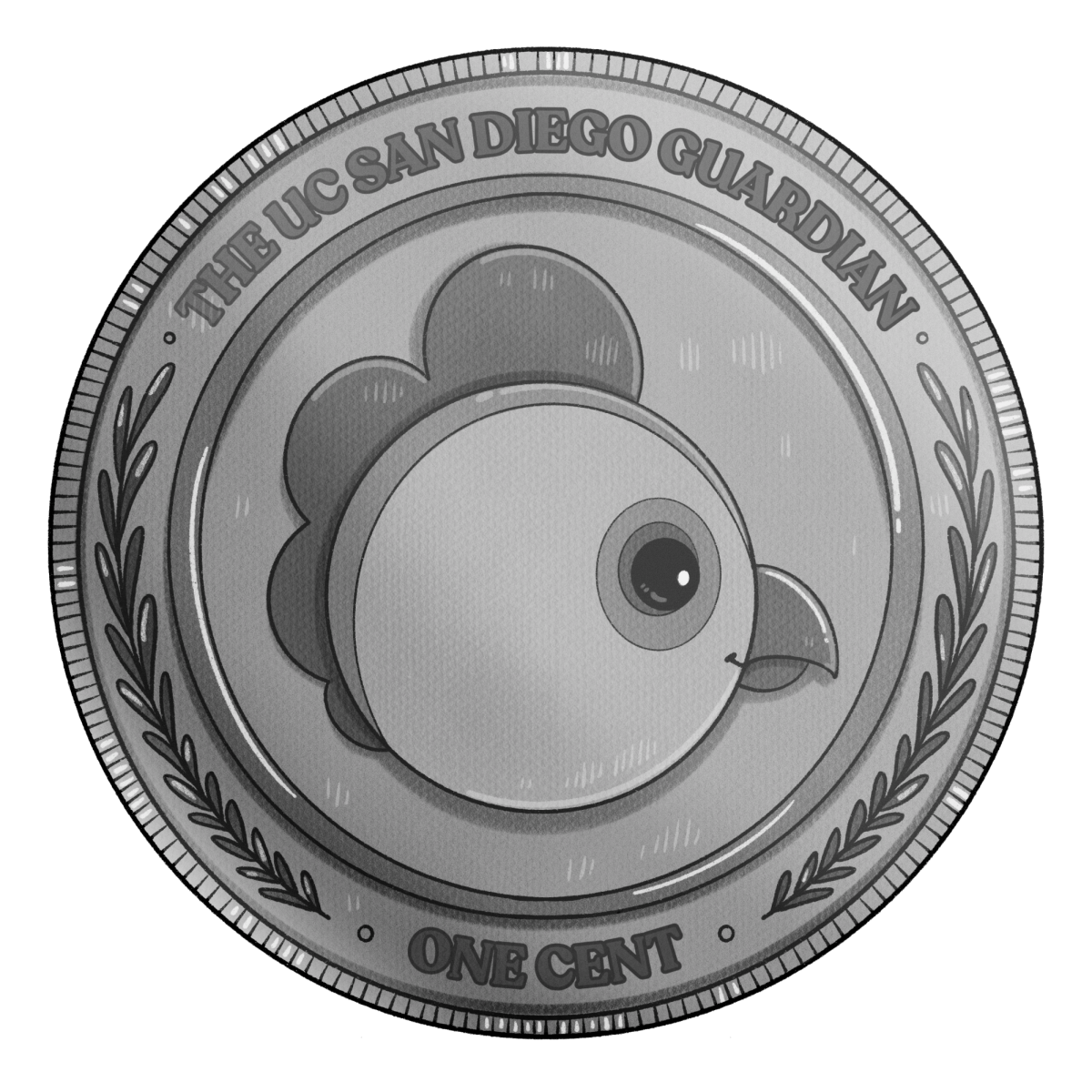According to the Oxford English Dictionary, cultural appropriation is defined as “the unacknowledged or inappropriate adoption of the practices, customs, or aesthetics of one social or ethnic group by members of another (typically dominant) community or society.”
Oxford’s definition makes a valiant attempt to encompass and simplify a complex issue, but it is no secret that cultural appropriation is undeniably convoluted, varying in impact and potential harm across different instances. In the realm of the music industry, cultural appropriation blankets pop culture, making it a large contributor to this controversial issue with countless examples that showcase blatant cultural disrespect and blissful ignorance. Music artists have a responsibility to remove themselves from these negative practices and recognize that theft of culture severely discredits underrepresented minority groups and contributes to systemic oppression and white privilege.
Over the years, various well-known musical artists have been guilty of cultural appropriation. In particular, Katy Perry has been a fairly egregious culprit of this practice. Around 2013, Perry released a music video for her hit “This is How We Do” where she chose to style her hair in cornrows — a type of braided hairstyle that is connected to Black culture and African ancestry. Intricate braided hairstyles like cornrows survived years of cultural erasure attempts throughout American history. For Perry to shamelessly “borrow” this meaningful hairstyle from Black culture without recognizing the implications of her actions and the cultural weight behind that particular hairstyle is incredibly disrespectful and a blatant example of white privilege and ignorance. Plenty of other noteworthy artists are guilty of similar crimes. In 2016, Justin Bieber was seen with dreadlocks, a hairstyle rooted in Black identity and often used as a contestation to European beauty standards. Similar to Perry, Bieber took advantage of his social status as a white man to emulate a hairstyle rooted in cultural importance. In 2013, Iggy Azalea capitalized on Hindu culture in her music video “Bounce” by donning traditional Indian clothes simply for the aesthetic they provided. Again, her surface-level understanding of this culture casts a shadow of disrespect on this exploited group.
There are countless other examples that mirror the ones I have briefly mentioned. The same issue persists throughout: white artists are using their privilege to take advantage of and profit from other cultures while failing to give out due credit, recognition, and respect. In an increasingly globalized world, the spread of culture has grown at a rapid rate, but this has contributed to a cherry-picking mentality within the music industry and society. With this circulation of cultural knowledge, certain groups in power, particularly white people, have taken advantage of their social privilege to handpick specific aspects of an “inferior” cultural group to incorporate as their own. Unfortunately, many of the music artists who engage in cultural appropriation are not held accountable for their actions and repeat the same behaviors. The few news articles that bravely call out artists for culturally appropriating are bombarded with a disappointing amount of comments defending these celebrities actions by calling them demonstrations of “cultural appreciation.” However, this term is casually thrown around and used to excuse occurrences of cultural appropriation under the guise of harmlessness.
It can be argued that cultural appreciation is essentially non-existent and remains on the grounds of cultural appropriation. When it comes to pop culture, cultural appreciation, like cultural appropriation, is still the active process of borrowing from another culture and implementing it into a music video, song, or aesthetic for personal or monetary reasons; it is simply done in a more understanding or complex way. For example, in 1986, Paul Simon collaborated with a group called the Boyoyo Boys to produce “Graceland” — a highly successful album with South African culture at the center of it. He flew to Johannesburg in 1985 and made genuine connections with this South African band, creating a collaborative environment. When the album was released, Simon still received a considerable amount of criticism despite the Boyoyo Boys’ willingness to participate and the credit they received for their contribution. This criticism is understandable. Despite Simon’s well-intentioned efforts to include individuals from that culture and further his own understanding of the meaning behind the music, he is still a privileged white artist coming from America in order to use those sounds to further his own career. Thus, while this inclusion of South African artists was a significant progression, Simon still participated in cultural appropriation. However, the major difference that separates Simon from the actions of artists like Perry is the connection and relationship that Simon made with people from South African culture. His commitment to inclusion, acknowledgment, and a thoughtful understanding created a collaboration and arguably a less-harmful result.
With this in mind, cultural appropriation can essentially be measured on a sliding scale of harm, based on the situation at hand and whether or not it contributes to the oppression of particular cultures and minority groups. In the instances involving Perry, Bieber, and Azalea, their actions were wrong and severely harmful to certain communities and cultures. Those levels of cultural appropriation involve a power dynamic tied to white privilege and harmful ignorance. Consumers have an obligation to recognize instances of cultural appropriation like these and hold artists accountable for their actions in a productive way that educates those artists and prevents future instances of cultural appropriation. For example, in 2017, Perry addressed her past of cultural appropriation, recognizing her white privilege and taking responsibility for how her actions have negatively affected other cultures. This type of response should be expected from artists who have a past littered with cultural appropriation. Accountability and acknowledgement of wrongdoings is necessary in fostering learning and encouraging growth. As for the music industry itself, reform is needed. If artists want to highlight and participate in a positive and respectful inclusion of a culture, like Simon did with “Graceland,” it is important that they educate themselves and work to go beyond cherry-picking. Like Simon, artists should form relationships with individuals belonging to that culture to create something new in a productive and conducive way. The overarching goal of the music industry should be to maintain a degree of thoughtfulness in order to form relationships and collaborations with the people belonging to those cultures, as opposed to perpetuating a system of simply using culture for a brief and surface-level personal gain without giving due credit or recognition.
Overall, as a society and consumers of these forms of media, we have a responsibility to educate ourselves, promote systemic change, and hold artists accountable for ignorance, cultural disrespect, and the blind borrowing of another culture.
Art by Angela Liang for the UC San Diego Guardian.














Andrew Box • Apr 24, 2021 at 8:00 am
Hello everyone, two days ago my school teacher gave me this homework: to write a detailed essay on the topic of Medical Competition, I by itself did not understand at all what it was. It took me a long time to decide whether to carry out this task or not. As a result, I went to the Internet as usual, because my knowledge was very limited in this area. It was lucky that I saw walmart vs carrefour and immediately used the medicalschoolstatements.com (they actually turned out to be completely free). In the end, I wrote a great essay on this topic.
Clark Kent • Apr 24, 2021 at 8:00 am
Thanks for article!